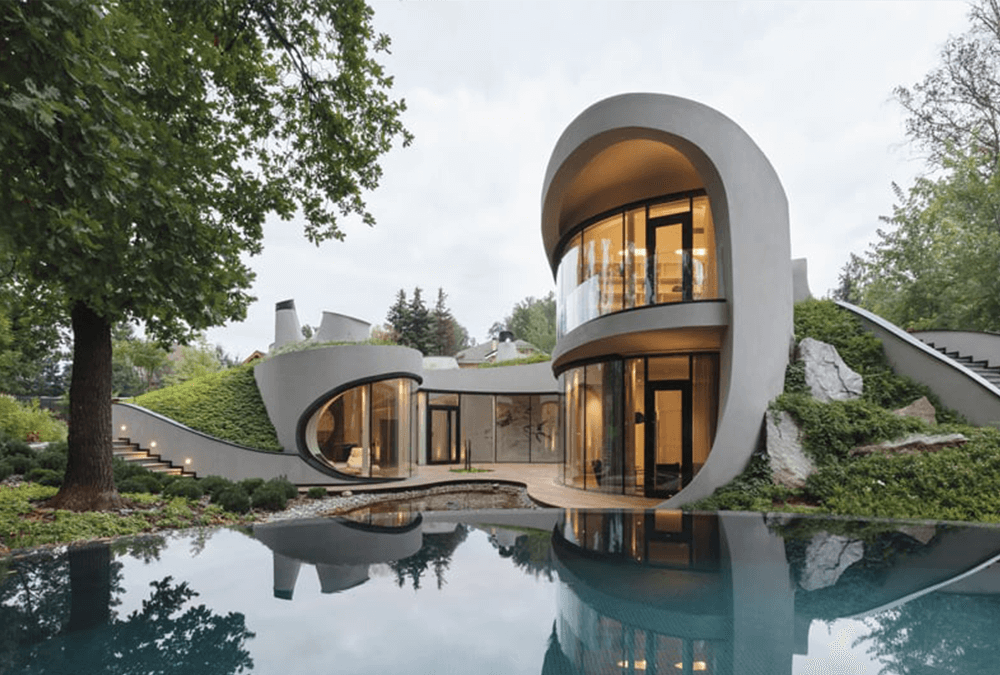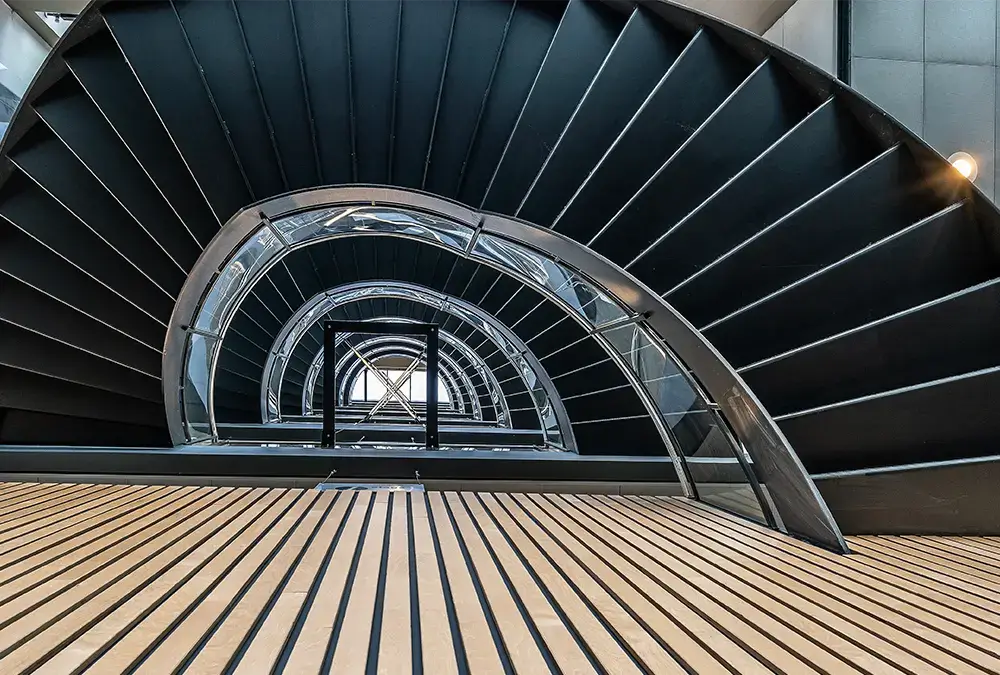
Architecture and design are two closely related fields that share many similarities but also have distinct differences. While architecture focuses on the design and construction of buildings and other structures, design is a broader field that encompasses many different disciplines, including graphic design, industrial design, and interior design. This blog post will explore the relationship between architecture and design and how they work together to create functional and beautiful spaces.
The Similarities Between Architecture and Design
Both architecture and design share many similarities in terms of their approach to problem-solving and creativity. Both fields require a deep understanding of human needs and behavior, as well as the ability to balance form and function to create practical and aesthetically pleasing solutions.
In both architecture and design, the process of creating a final product involves multiple stages, including conceptualization, sketching and prototyping, and the final construction or production. Both fields also require a high level of collaboration, with architects and designers often working closely with engineers, builders, and other professionals to ensure the successful completion of a project.
The Differences Between Architecture and Design
While architecture and design share many similarities, they also have some key differences. Architecture is a more specialized field that focuses specifically on the design and construction of buildings and other physical structures. Architects must be licensed and have specialized training in areas such as structural engineering, building codes, and materials science.
Design, on the other hand, is a broader field that encompasses many different disciplines, from graphic design to fashion design to industrial design. Designers often specialize in one or more of these areas and may have different levels of training and certification depending on their area of expertise.
The Role of Architecture and Design in Creating Beautiful and Functional Spaces
Despite their differences, both architecture and design play a crucial role in creating beautiful and functional spaces that meet the needs of their users. Architects use their knowledge of structural engineering, materials science, and other technical disciplines to design buildings that are safe, sustainable, and aesthetically pleasing.
Designers, on the other hand, use their expertise in color theory, spatial planning, and other creative disciplines to design spaces that are visually appealing and functional. This can include everything from designing the layout of a room to choosing the right furniture and accessories to create a cohesive and inviting space.
Architecture and design are two closely related fields that share many similarities but also have distinct differences. While architecture focuses specifically on the design and construction of buildings, design is a broader field that encompasses many different disciplines. Despite their differences, both architecture and design play a crucial role in creating beautiful and functional spaces that meet the needs of their users. By working together, architects and designers can create visually stunning and practical spaces, providing a positive impact on our daily lives.







